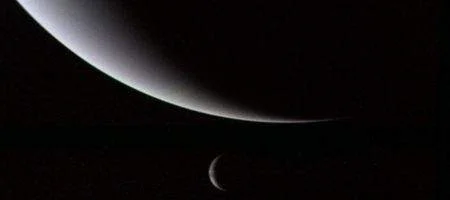The solar system could once have had a fifth giant planet, which got hurled out into space billions of years ago.

Computer simulations run by the Southwest Research Institute in Boulder, Colorado appear to explain how the planets reached their present positions, and in particular how Uranus and Neptune were formed.
The planets are believed to have coalesced from a huge cloud of gas and dust that surrounded the sun some 4.6 billion years ago. But research has indicated that this gas cloud would simply have been too thin at that distance from the sun for Uranus and Neptune to form.
It’s been suggested that both planets, along with Jupiter and Saturn, were originally close together. However, simulations based on this hypothesis ended up with either Neptune or Uranus spinning off into deep space.
But after running a series of simulations, David Nesvorny and his team found that one model was ten times more likely to lead to today’s planetary configuration – and it was one that included an additional ice giant.
This planet – similar to Neptune today – would have orbited at around 15 times the Earth’s distance from the sun, out between saturn and Uranus.
But around 3.9 billion years ago, an encounter with Jupiter would have sent it spinning out of the solar system to become a free-floating planet.
“This possibility appears to be conceivable in view of the recent discovery of a large number free-floating planets in interstellar space, which indicates that planet ejection should be common,” says the team.






